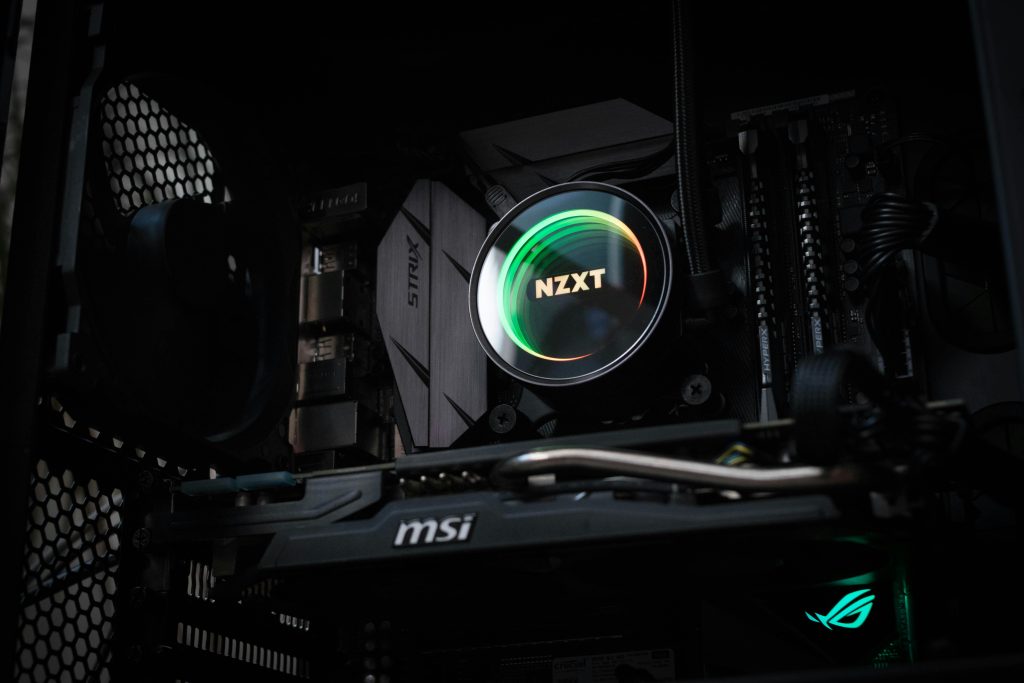Optimizing Your Home Server Setup: Exploring Cost-Effective Alternatives for Upgrading and Downgrading
In the world of home server management, finding the right balance between performance, cost, and efficiency can be a challenging endeavor—especially when personal circumstances and resource availability come into play. Recently, a community member shared a thoughtful scenario involving hardware re-purposing and upgrading strategies within a home lab environment, aiming to support a young family member’s gaming needs while maximizing existing resources. Here, we’ll explore the technical considerations, practical solutions, and best practices inspired by this case study.
Understanding the Current Setup
The user’s existing unRAID server is configured with robust hardware, including:
-
Motherboard: MSI SLI x370 chipset
-
Processor: Intel Core i7-8700K
-
Memory: 32GB RAM
-
Graphics Card: NVIDIA GeForce RTX 2060
-
Network: 2.5Gb Ethernet card
-
Storage: 12 JBOD HDDs (4-10TB), totaling approximately 80TB (with around 70TB usable), housed externally using 3D-printed caddies
-
Additional expansion cards: Two LSI controllers for drive connectivity
While this setup boasts substantial storage and computing power, it may be over-optimized for minimal server duties, which primarily involve simple file sharing and a light Docker container. The individual recognizes an opportunity to repurpose these resources to benefit their family member—a 10-year-old brother interested in gaming on Minecraft and Roblox.
The Proposal: A Cost-Effective PC Re-Purposing Strategy
The core idea involves reallocating hardware to create a dedicated, more efficient gaming system for the young user. The plan includes:
-
Repurposing Old Hardware: Using an available Dell OptiPlex PC, equipped with an Intel Core i5-6500 and 16GB RAM, with an additional 2.5Gb Ethernet interface installed via SATA breakout boards.
-
Connecting Storage: Attaching the existing 80TB HDD array by connecting the drives through NVMe-to-SATA adapters in the OptiPlex’s PCIe slots.
-
Upgrading the Family Member’s PC: Redirecting the high-performance parts—such as the Intel Core i7-8700K, the 32GB RAM, and the RTX 2060 GPU—into a new or existing tower to give your brother a decent gaming setup.
This approach leverages off-the-shelf hardware
Share this content:



